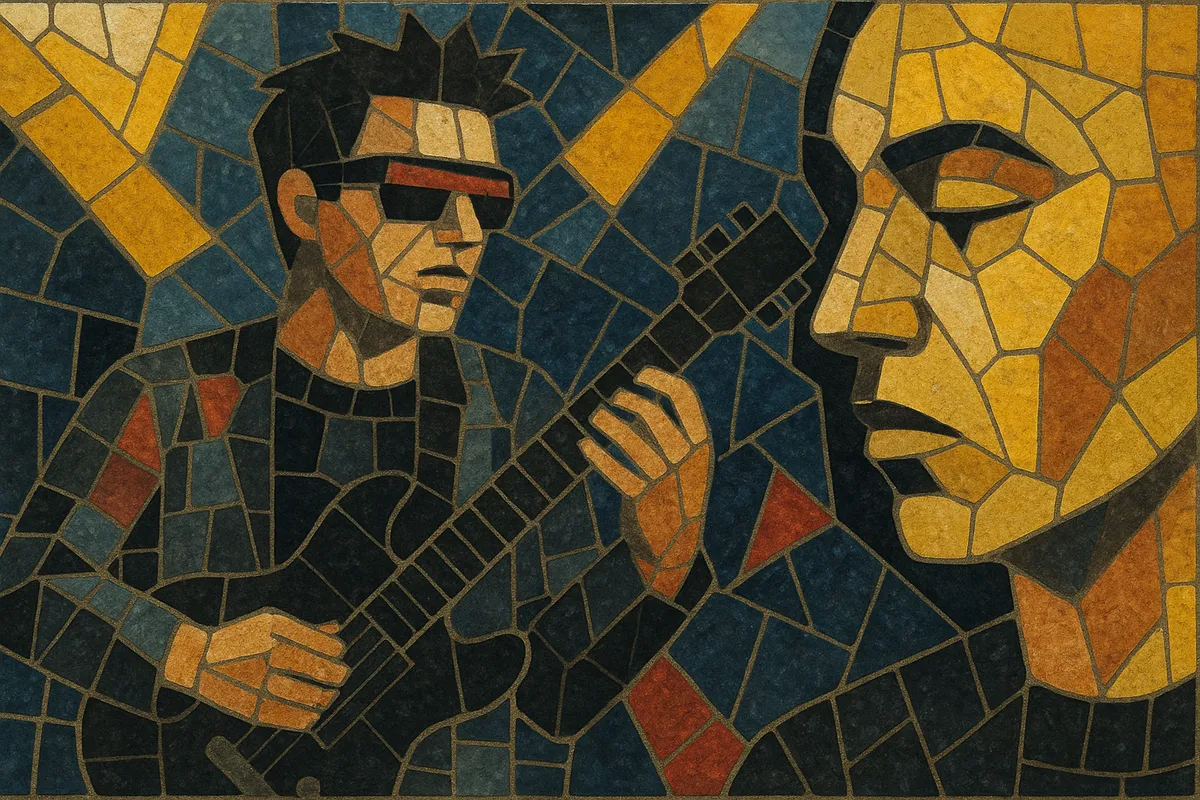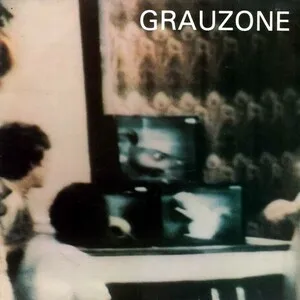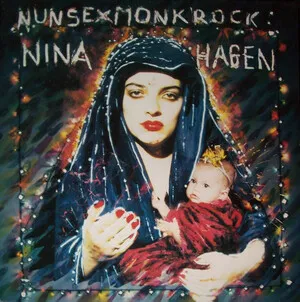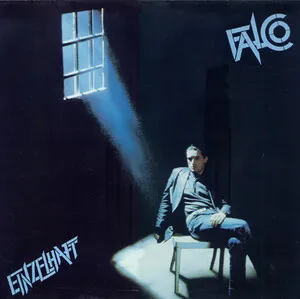Your digging level
Description
Neue Deutsche Welle (NDW) is a German-language movement of the early 1980s that fused punk and post-punk attitude with new wave and synth-pop sonics. It typically features minimalist arrangements, deadpan or Sprechgesang vocal delivery, and witty, satirical, or absurdist lyrics delivered in German.
Musically, NDW leans on simple drum-machine patterns, dry basslines, bright analog synth hooks, and clipped, chorus-treated guitars. The tone oscillates between playful and sardonic, with catchy pop sensibilities rubbing against an art-school, experimental edge. While rooted in underground clubs, the genre briefly crossed into European and global pop charts with enduring hits in the mid-1980s.
History
Neue Deutsche Welle emerged in West Germany at the turn of the 1980s as local bands absorbed the DIY ethos of punk and the cool detachment of post-punk and new wave, but insisted on singing in German. Early figures around scenes in Düsseldorf, Berlin, and Hamburg developed a sound that blended angular guitars, primitive drum machines, and synths with an art-school sensibility. The legacy of 1970s krautrock’s motorik and experimental spirit subtly informed the new generation’s minimalism and rhythmic insistence.
The underground’s sharp pop instincts soon yielded mainstream breakthroughs. Acts like Nena ("99 Luftballons"), Trio ("Da Da Da"), Falco ("Der Kommissar"), Ideal, and Peter Schilling brought NDW to radio and international charts. Production values brightened—chorus-drenched guitars, punchy drum machines, and earworm synth hooks—yet the lyrics often retained irony, social commentary, and playful wordplay. German-language pop briefly became globally visible.
Overexposure, rapid major-label signings, and novelty-leaning releases diluted the scene’s edge. As tastes shifted toward other 1980s styles, NDW’s chart momentum faded. Still, its insistence on German lyrics, minimalist songcraft, and synth-forward aesthetics left a lasting imprint on the country’s pop and rock.
NDW normalized German as a pop/rock language, paving the way for later German pop and indie movements. Its electronic rigor and rhythmic austerity influenced EBM and, indirectly, strands that would culminate in the heavier, German-lyric industrial/metal of the 1990s. Decades later, NDW’s hooks, dry humor, and synth textures remain reference points for German pop, indie, and electropop revivals.












